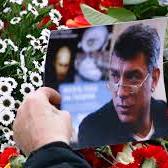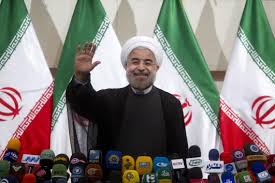(The Monkey Cage/WP) In the wake of Russian opposition leader Boris Nemtsov’s murder, many blamed an “atmosphere of hate” cultivated by the Kremlin. This idea suggests that the Krelim has encouraged the demonization of opposition leaders, which not only undermined their support from ordinary citizens but also dehumanized them and made them targets of violence. Examples of such vilification are legion, ranging from threatening posts made by the Kremlin’s army of paid Internet trolls to displaying an art installation with the impaled heads of opposition leaders wearing Nazi hats at the pro-government Seliger youth camp. Those opposing the government’s policies are freely characterized as “traitors” and a “fifth column.” These putative enemies of Russia occupy a curious place in pro-government propaganda as a threatening foil for Western (American) plots to stage a popular uprising at the same time that they are portrayed as insignificant, deluded, mentally ill, corrupt, incompetent or otherwise unworthy of recognition as human beings.
It is easy to see how this “atmosphere of hate” unleashed by the Kremlin could be seen to authorize violence toward political opposition. It is rather more difficult, however, to determine the extent to which this wave of “hateful politics” is really meaningful or even distinctive of Putin’s regime, or is it just politics as usual in Russia?
Out of curiosity, I examined 11 central periodicals in Russia to see how often three terms associated with the “atmosphere of hate” were mentioned on a monthly basis: “treason,” “fifth column” and “patriotism.” Looking first at press coverage for recent years (2011-2014), it is striking that “patriotism” is invoked far more frequently than the other terms, though, the overall volume of references is not significantly greater from the start of the period:














